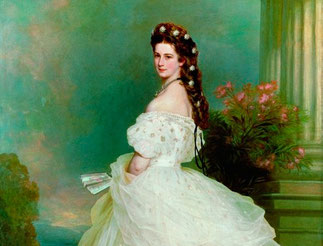Exclusive Rarities
Graz´s historical Hauptbrücke

In 1956 the beautiful balustrade of Graz’s “Hauptbrücke”, erected in 1892, was replaced. Over four decades this balustrade was well stored in a hall before being rediscovered by us. Since all the balustrade’s elements are in stock and well kept, Graz’s Hauptbrücke could be readily restored to its original condition.

Built in 1891-1892, it was probably the most important bridge in the city of Graz. Iron construction in perfect correlation with iron embellishment. Two obelisks with statues of Austria and Styria highlighted the middle of this elaborate structure; the bridgeheads were adorned with candelabras with bronze eagle figures.
Together with the surrounding buildings – the Iron House (Eisernes Haus) in particular – the bridge formed a high-quality urban ensemble.
The artistic features on the bridge were designed by the architect Rudolf Balakowits, a professor at the Federal School for Arts and Crafts, and the figurative decoration was designed by Hans Brandstätter.
Probably the most significant bridge artistically, it had to give way to a more sustainable and shapeless wide bridge construction.
Walk in the footsteps of Sisi

The historical spiral staircase of Empress Elisabeth originates from the great Kaiservilla in Bad Ischl.
For many years, this property served as the summer residence for Emperor Franz Joseph I. and Empress Elisabeth of Austria. It was built in 1834 in the style of Biedermaier and later converted to the neo-classical style of Antonio Legrenzi.

The spiral staircase was attached to the back of the villa and was used by the imperial couple to gain direct access to the Bad Ischl spa.
It is an example of the highest level of three-dimensional cast-iron art and stands out predominantly through its fine, almost lace-like, light and transparent execution.










